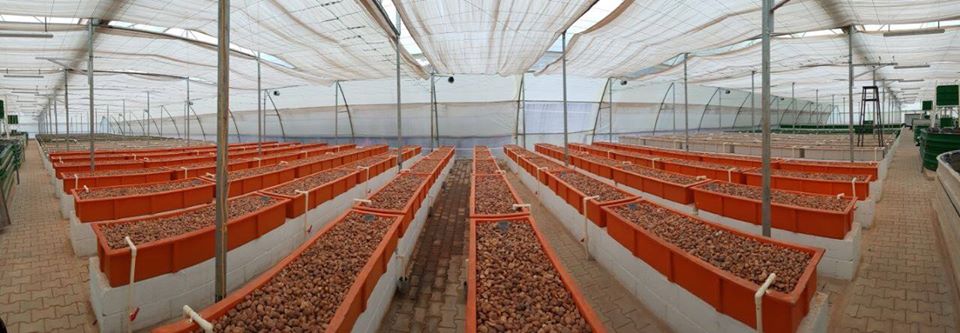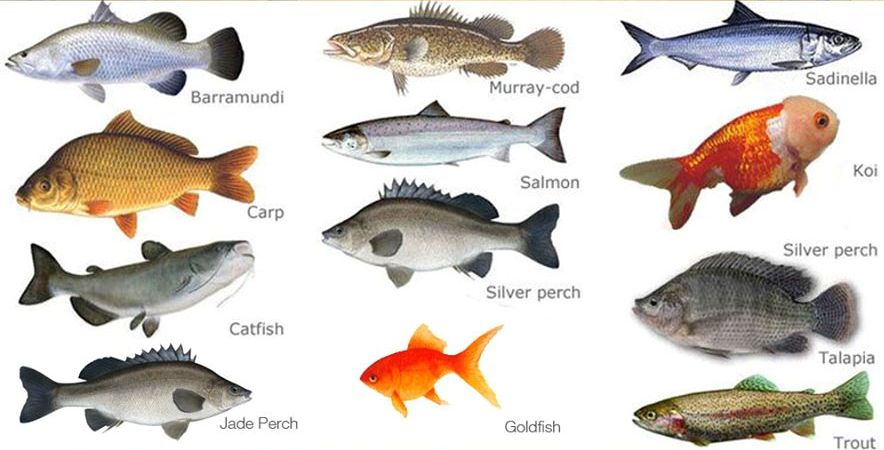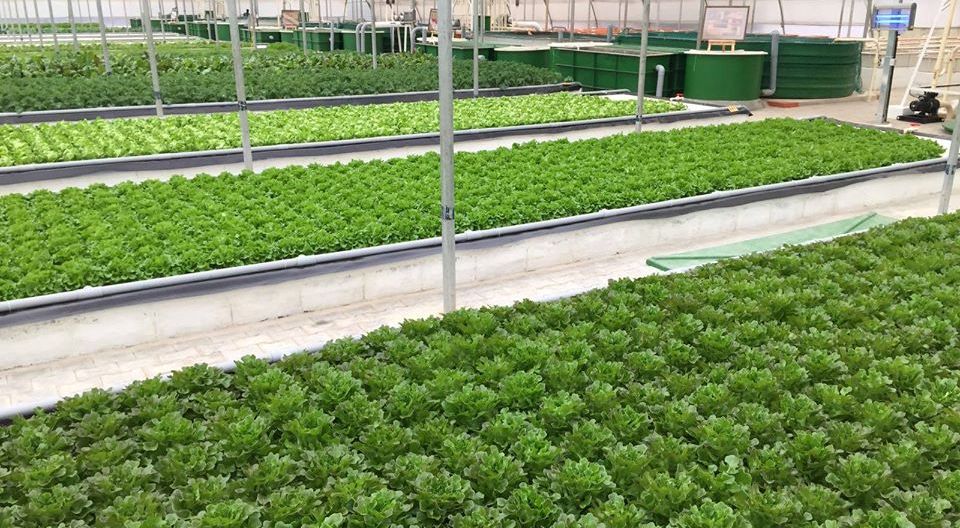This Guide will teach you the basic concept of Aquaponics farming.
As the world’s population keeps rising, new ways of producing food that isn’t as effortful, environmentally harmful, or space inconvenient have been discovered and developed to maintain the balance between our natural resources and our individual and community health.
A very popular line of thought is to look at our best and most natural food producer – Mother Nature. If you study lakes and oceans, you’ll see the symbiosis created between animals and plants results in a fantastic and healthy environment, perfect for the growth of biodiversity. When we bring that symbiosis to a more human environment, we call it Aquaponics, and today we will explain to you everything you need to know about it.
What is Aquaponics farming?
You have probably heard the term Aquaculture or Aquafarming, referring to the process of raising aquatic animals in a controlled environment like a greenhouse. You also have probably heard another term – Hydroponics – a form of cultivating plants in water. In the most basic way of looking at it, if you combine both previous procedures, you get Aquaponics farming.
Dating as back as the 5 A.D., the whole of Southeast Asia cultivated rice in paddy fields, where a large variety of fish would live. The main idea is the following: fish eat; fish produce waste; bacteria turn waste into fertilizer; plants use that fertilizer to grow more efficiently; due to their growth, plants create a more safe and nutrient-filled water for the fish. It’s a natural cycle, mimicking the natural way of things we observe in Nature.
So far, you have a general idea, but we will go a little bit more into detail:
How does it work?
If you practice aquaculture by itself, you know how the water can become toxic due to the excrements expelled by the animals. So, by using nitrifying bacterias, you can break down those excrements into nitrites and, subsequently, nitrates, which are exactly the kind of nutrients plants love. Well-fed, those plants will grow healthy and efficiently and, not only will they create more oxygen-rich water for the fish’s habitat, but they will also reduce those toxins we’ve mentioned previously.
To reach a functioning aquaponic system, there are two main components that you need to have:
Technological Components

You can’t just place some lettuces and fish inside a water tank and expect everything will work out. Firstly, you have to divide your system into the aquaculture section (where the animals live) and the hydroponic section (where you grow your plants).
Then, add these components:
- Settling basin – It will grab food waste and biofilms, as well as settle fine particles.
- Biofilter will create a good environment for the bacterias to grow and live to turn the ammonia from the plants’ excrements into nitrates. You can use gravel or sand as a supporting medium for the plants, eliminating the need to have an expensive biofilter.
- Rearing tank – A regular water tank for the fish to live and eat.
- Hydroponics Subsystem – A water tank for the plants to grow and absorb the nitrates created by the bacterias.
- Sump – A place where the toxicity-free water can run from the hydroponic subsystem to the rearing tank.
If you want something easier and faster than still gets results, you can always get a pre-made kit that’s ready to go right out of the box. These are some of the top ones on the market.
Living Components
Animals, Plants, and Bacterias – the three living components you need to make this work. But which ones should you use?
Animals

Due to their ability to tolerate crowding and variable water conditions, freshwater fish, like tilapia, are the most commonly used animals for this kind of environment. You can also go for barramundi, eel-tailed catfish, Murray cod, silver perch, and jade perch. Besides fish, you can also choose crayfish or prawns, as they also show those essential characteristics.
Plants
There are many plants you can use, usually depending on the type and quantity of animals you have. We recommend reading a bit more about this part. Still, as a general rule of thumb, a few species will work efficiently in most situations: cucumbers, tomatoes, shallots, lettuce, snow peas, chiles, red salad onions, basil, spinach, and Chinese cabbage.
Bacterias
To have efficient nitrification, you need two types of bacterias. On one side, the Nitrosomonas – the ones that transform ammonia into nitrites, and on the other side, Nitrobacter – the ones that transform nitrites into nitrates. Don’t forget, nitrates are still harmful to fish, so remember to have a spaced area so the concentration is not high enough to create health concerns.
Final Thoughts
Successful people aren’t born with talent or have luck, but those capable of understanding the world they’re in and adapt to the several transformations that occur every day. That’s why Aquaponics is a thoughtful and innovative way of producing, with a large variety of health and environmental benefits. Thanks for reading!



